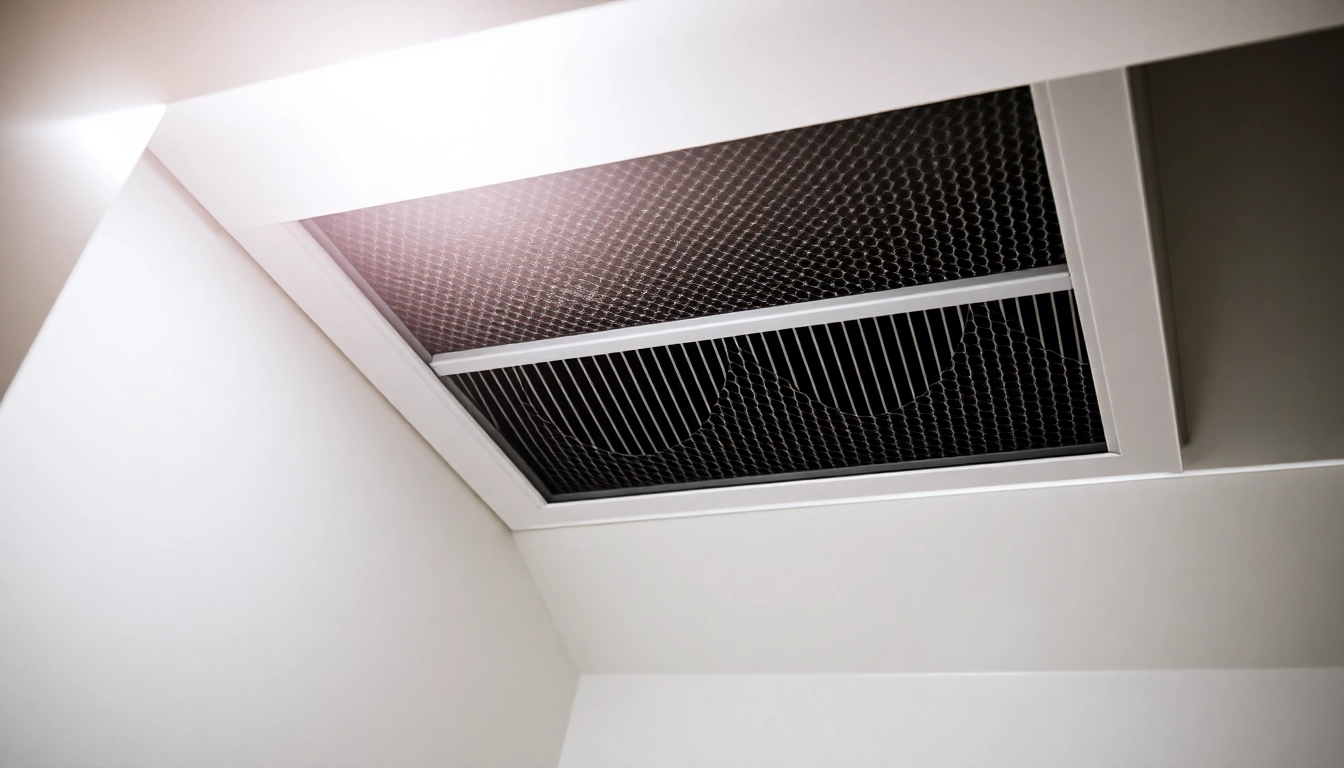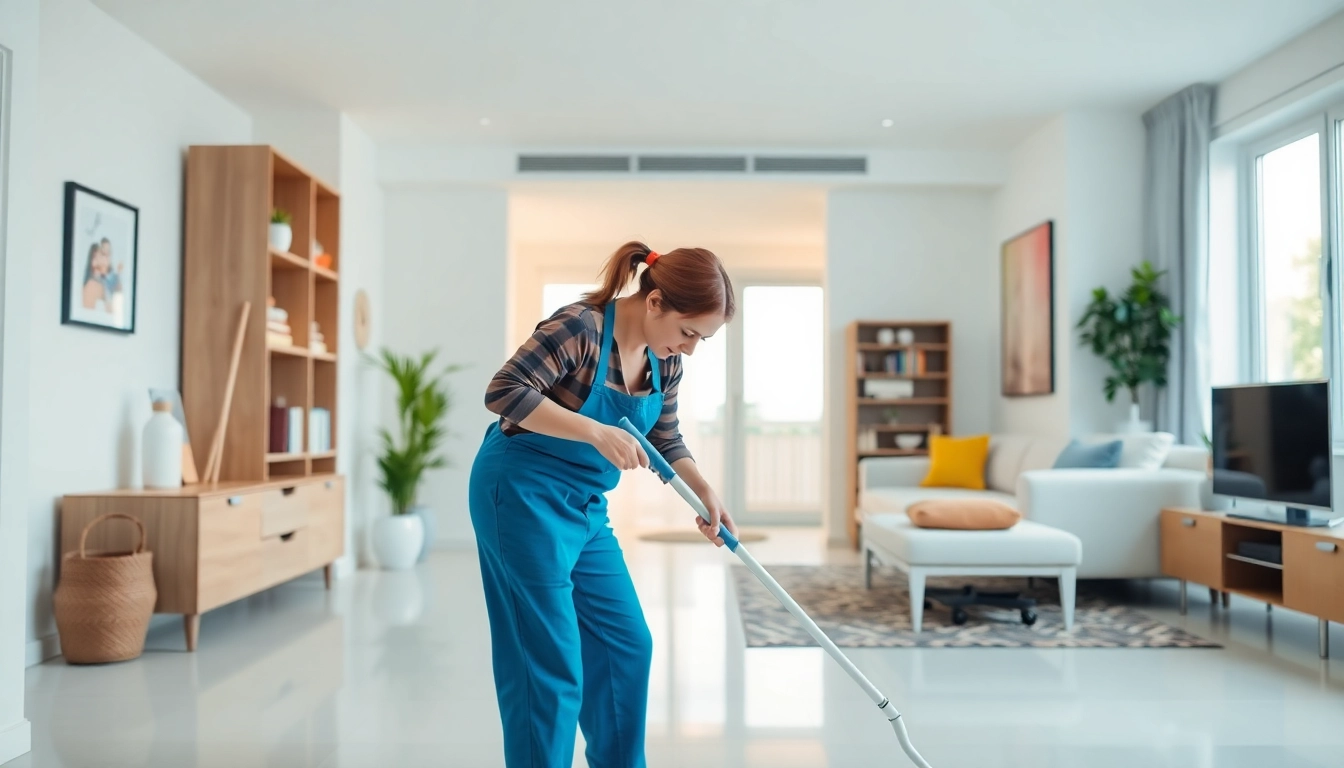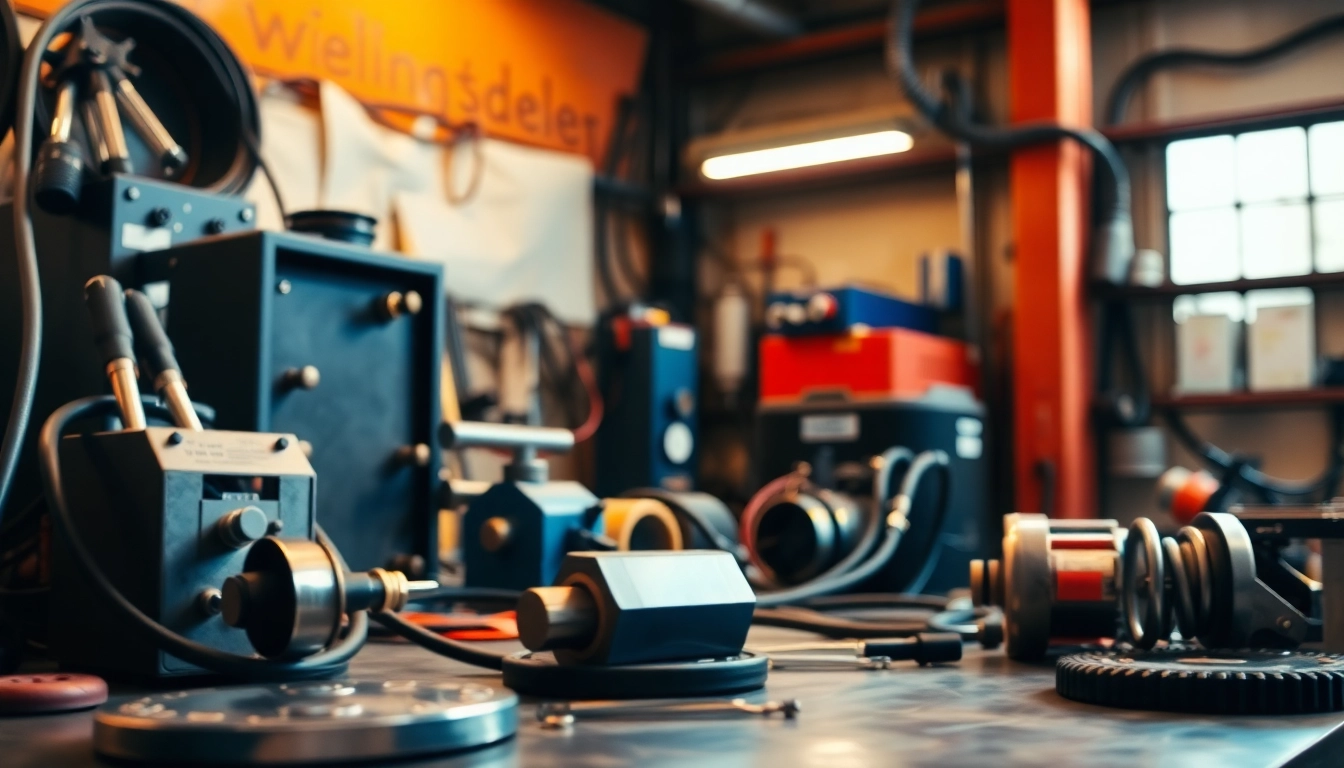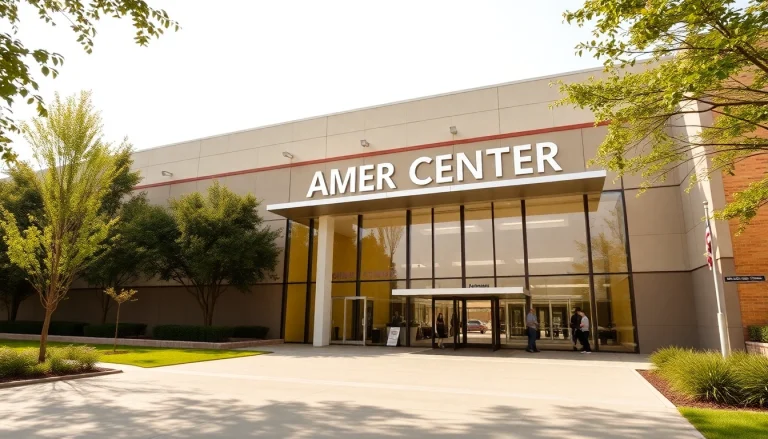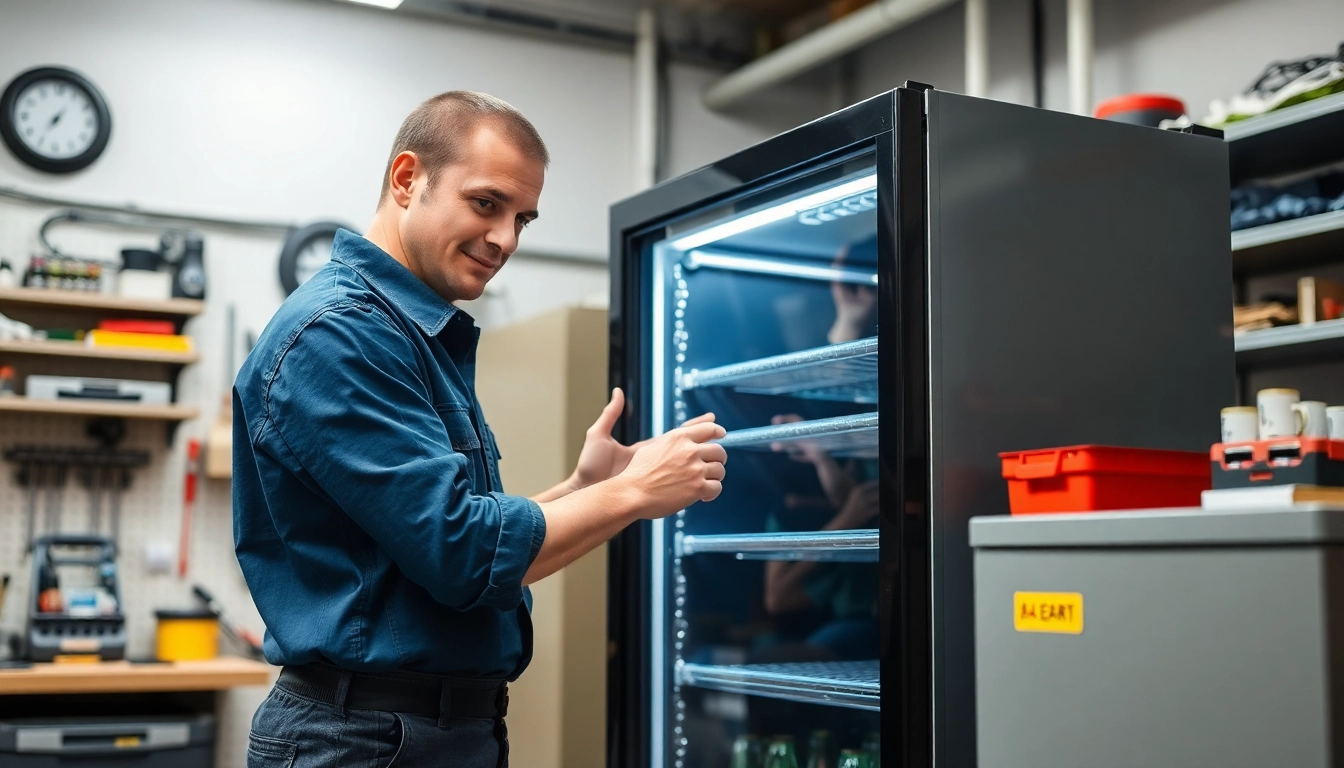
Understanding Beverage Cooler Repair
Beverage coolers are essential appliances for maintaining optimal temperatures for drinks. However, like any mechanical device, they can encounter issues over time. Understanding the common problems and knowing when to seek beverage cooler repair services is crucial for ensuring your unit continues to function effectively. This section will explore typical issues that may arise with beverage coolers, indicators that you might need professional help, and basic troubleshooting steps you can take first.
Common Issues Leading to Cooling Problems
Several factors can lead to cooling failures in beverage coolers. Here are some of the most common issues:
- Dirty Condenser Coils: Over time, dust and debris can accumulate on the condenser coils, preventing efficient heat transfer. This often leads to poor cooling performance.
- Improper Door Seals: If the door seals are damaged or dirty, cold air can escape, compromising the cooler’s efficiency.
- Faulty Thermostat: A malfunctioning thermostat can cause a beverage cooler to either cool inefficiently or not cool at all.
- Compressor Issues: The compressor is the heart of the cooling system. If it fails, the entire appliance cannot operate correctly.
- Blocked Air Vents: Proper airflow is needed to maintain temperature. Blocked air ducts inside the cooler can lead to uneven cooling.
Signs You Need Professional Repair Services
Identifying early warning signs can save you time, money, and possible further damage to your beverage cooler. Look for the following signs:
- Unusual Noises: If you hear clicking, buzzing, or other strange noises coming from your cooler, it may indicate a compressor or fan problem.
- Inconsistent Temperature: A beverage cooler should maintain a consistent temperature. Significant fluctuations may signal issues with the thermostat or internal components.
- Excessive Frost Buildup: Frost accumulating in a cooler that’s not supposed to have frost build-up hints at refrigeration cycle issues.
- Leaking Water: Water pooling around the base of your cooler can indicate blocked drainage or a faulty seal.
- High Energy Bills: An unusually high energy bill could result from an inefficient appliance working harder than necessary.
DIY Troubleshooting Steps
If you suspect issues with your beverage cooler, here are some DIY troubleshooting steps you can take before making a repair service call:
- Check and clean the condenser coils to remove any dust or debris.
- Inspect door seals and clean or replace them if necessary.
- Examine the thermostat settings and adjust them if they’re incorrect.
- Ensure that air vents within the cooler are unblocked and clean.
- Listen for noises. If the compressor is overly hot or running continuously, it may need professional examination.
Key Components of Beverage Coolers
Understanding the main components of your beverage cooler helps diagnose issues effectively and ensures more efficient maintenance. This section deep dives into the essential components that make up a beverage cooler.
How Compressors Function in Cooling
The compressor is a vital component of any cooling system, functioning as the heart. Here’s how it works:
- Compression Process: The compressor takes low-pressure refrigerant gas and compresses it, raising the temperature and pressure.
- Heat Release: The hot, high-pressure gas enters the condenser coils, where it releases heat to the surrounding environment, changing from gas to liquid.
- Cooling Cycle: The liquid refrigerant flows to the evaporator coils, where it absorbs heat from the interior, cooling down the space.
- Recycling: The process repeats as the refrigerant returns to the compressor, maintaining a consistent temperature.
Understanding Thermostats and Their Role
The thermostat is the brain of the cooler that regulates temperature. Here’s how it operates:
- Sensing Temperature: The thermostat continually senses the internal temperature of the cooler.
- Maintaining Optimal Temperature: When it detects a temperature that is too high, it signals the compressor to turn on.
- Shutdown Mechanism: Once the desired temperature is reached, the thermostat turns off the compressor to prevent overcooling.
Essential Cooling Elements and Maintenance Tips
Besides the compressor and thermostat, various elements contribute to a beverage cooler’s efficiency:
- Evaporator Coils: These absorb heat from the interior. Regular cleaning is necessary to prevent accumulation.
- Fans: Fans help in circulating the cool air throughout the unit. Ensure fans are clean and working correctly.
- Drainage System: A well-functioning drainage system is essential to managing condensation. Inspect and clear blockages regularly.
Factors to Consider Before Repairing
When deciding whether to repair or replace a beverage cooler, several factors must be considered. This section explores those factors to help you make informed decisions.
Cost-Benefit Analysis of Repair vs. Replacement
Repair costs can add up, and sometimes it may be more cost-effective to invest in a new unit. Consider the following:
- Repair Costs: If the repair cost is more than 50% of the cooler’s value, replacement might be a wiser choice.
- Current Performance: Evaluate if the cooler has been performing well or if other problems are likely to arise soon.
- Value of Contents: If the cooler stores valuable items, prioritize repairs to avoid substantial losses.
Evaluating the Age and Condition of Your Cooler
The age of your cooler can tell a lot about its reliability. Generally, beverage coolers last 10-15 years. Key factors include:
- Age: If your cooler is nearing the end of its lifespan, it may be more sensible to replace it.
- Previous Repairs: Consider how often you’ve had to repair it; frequent problems may indicate it’s time for a new unit.
Understanding Warranty and Service Agreements
Before proceeding with repairs, review any warranties or service agreements you have:
- Warranty Coverage: If your cooler is still under warranty, repairs may be covered, significantly reducing your costs.
- Service Agreement: Some service agreements include inspections or repairs. Check the terms before making a decision.
Steps for Effective Beverage Cooler Maintenance
Maintaining your beverage cooler is critical to its longevity and performance. Here are some best practices for keeping your cooler in top shape:
Regular Cleaning and Upkeep Practices
Proper cleaning is integral to the efficiency of your beverage cooler. Follow these tips:
- Condenser Coils: Clean the coils every six months to a year to optimize cooling efficiency.
- Interior and Exterior: Wipe down surfaces regularly to prevent mold and dirt buildup.
- Drainage System: Regularly check and clear blockages in the drainage system to prevent leaks.
How to Enhance Efficiency and Longevity
Enhancing the efficiency of your beverage cooler not only extends its lifespan but can also decrease energy costs:
- Optimal Temperature Settings: Keep the cooler set to the recommended temperatures to prevent excess strain on the unit.
- Avoid Overcrowding: Leave sufficient space for air circulation and proper cooling.
Seasonal Checks for Optimal Performance
Conduct seasonal checks to ensure everything is functioning correctly:
- Spring Cleaning: After winter, clear out any accumulated dust and ensure all components are clean.
- Temperature Adjustments: During peak hot months, you might need to adjust temperature settings for optimal performance.
Choosing the Right Repair Service
If you decide to seek repair services for your beverage cooler, choosing a reputable service provider is essential. Here are vital considerations:
What to Look for in a Repair Technician
When consulting a repair technician, check for the following:
- Certificates and Licensing: Ensure the technician is qualified and holds the necessary licenses.
- Experience: Look for technicians with extensive experience in appliance repair, specifically beverage coolers.
Questions to Ask Before Hiring a Service
Don’t hesitate to ask potential repair services these important questions:
- What is your service fee structure? Understand the cost upfront to avoid surprises.
- Can you provide references? Ask for testimonials or references from past clients to gauge reliability.
Reviews and Recommendations for Quality Repair
Check online reviews and ratings for the service you are considering:
- Customer Feedback: Look on platforms like Yelp or Google Reviews for insights on service quality.
- Word of Mouth: Recommendations from friends or family can often lead you to trustworthy services.
